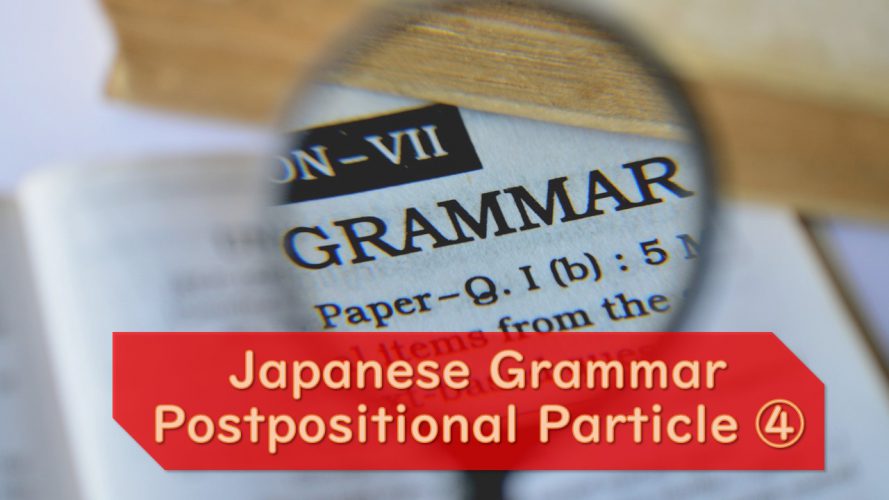JAPANESE LESSON
One of the most important grammar in the Japanese language ④ : Adverbial Particle

Today’s topic is about “Adverbial Particle,” one of the most important grammars but you may not see it very often compared with other particle.
This is a series of the topic “Postpositional Particle” and I recommend you to check the the previous blog before you read this.
は(wa), も(mo), こそ(koso), さえ(sae), でも(demo), ばかり(bakari), など(nado), and か(ka) are in this group.
It gives words various meanings, and Japanese people use them as showed below.
EN : He’s running now.
JP : 彼は走っている。 (karewa hashitteiru.)
The bold part is the adverbial particle.
Here is another example.
EN : He’s running now.
JP : 彼が走っている。 (karega hashitteiru.)
If you have learnt Japanese language before, you may have had this question.
How can Japanese people tell the difference between “が(ga)” and “は(wa)”?
As we learnt, が(ga) is a case particle and gives the noun a nominative case.
“は(wa)” shows the difference between the others. In this case, he’s running but the others will not be doing so.
If you say “彼も走っている(karemo hashitteiru),” it shows that he and others are running together.
“も(mo)” is also an adverbial particle and it shows the sameness.
I hope you enjoyed learning postpositional particle.
In the next blog, I’m going to introduce Endling Particle, a type of postpositional particle.

Leave a Comment